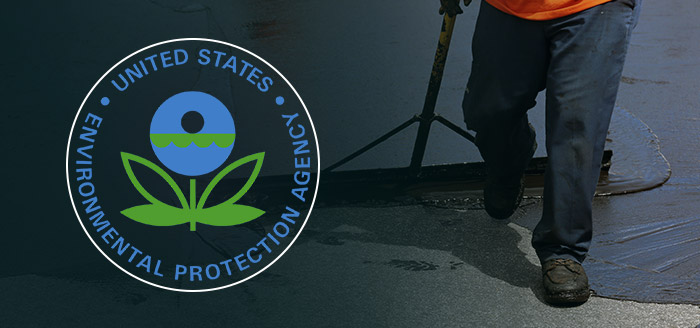New EPA Rule Further Limits Asbestos, Falls Short of a Ban

A total of 66 nations around the world have banned asbestos so far. The toxin is known to cause aggressive cancers like malignant mesothelioma, yet still is used in the United States, particularly in certain industries like chlorine development. Those raising awareness for mesothelioma and advocating for a stop to asbestos use have been fighting for a full ban for decades, and while regulations instituted by the Environmental Protection Agency (EPA) put more restrictions on asbestos use, they continue to fall short of a much-needed end to all asbestos use.
The latest EPA rule, referenced as the EPA’s April 2019 Final Rule, requires companies to get federal approval before manufacturing or importing certain asbestos products. Asbestos products that were no longer on the market are now to be reviewed, approved, regulated and potentially prohibited by the EPA prior to returning to the market.
Request a Free 2024 Mesothelioma Guide
Benefits of the April 2019 Final Rule
In the United States, various asbestos materials have been previously banned, many of which were included in the EPA’s 1989 Partial Ban. These products included flooring felt, commercial paper and rollboard among others. Advocates for the new rule assert that all of the asbestos materials left out of previous regulations are now “fenced in” and called into question. The EPA couldn’t regulate or prevent certain asbestos products from being used in the United States, but now will be able to when the rule goes into effect in 60 days.
Products covered under the new rule that are prevented from entering the market include adhesives, sealants, roof coatings, cement products, reinforced plastics, roofing felts and vinyl-asbestos floor tiles among others. All uses of asbestos under the 1989 partial ban will also remain banned.
The regulation also ensures new uses of asbestos are not freely allowed. The EPA must be informed 90 days prior to manufacturing, importing or processing asbestos or asbestos products covered under the rule. Before any of these actions are permitted, the EPA must conduct a review with the ability to put restrictions or prohibitions in place that are deemed necessary.
Before this regulation, certain products with historical use of the toxin could freely continue using up to 1% of asbestos in their production, meaning products like brakes and brake pads, insulation and fireproof clothing could all still legally contain the mineral. Even in small amounts, research has shown that exposure is dangerous and can result in dangerous diagnoses like mesothelioma.
How the April 2019 Final Rule Falls Short
While some groups are pleased with the EPA’s newest action, many advocates are angry that it falls short of a much needed ban, with some claiming the regulation could even be moving in the wrong direction of limiting asbestos risks. One major critic is the Asbestos Disease and Awareness Organization (ADAO). The organization’s president, Linda Reinstein, has called the new regulation inadequate, publicly sharing her concern that while other countries are prioritizing public health, that isn’t the case with the United States and asbestos. In a press release, Reinstein stated that without explicitly banning these uses of asbestos, the EPA is allowing the opportunity for these asbestos products to return to the marketplace.
While proponents of the regulation claimed that the EPA is closing a loophole, others are raising concerns that they are opening up other potential loopholes. Their regulations and restrictions don’t apply to raw asbestos, which is prominent in the chloralkali industry. In 2018, over 750 tons of raw asbestos were imported for this industry alone.
For many advocates of an asbestos ban, this new rule feels like taking steps backward, especially after EPA Administrator Andrew Wheeler had committed to issuing a full asbestos ban not long ago. As the agency has been working on evaluating ten toxins, including asbestos, under the Toxic Substances Control Act (TSCA) to explore health risks and potentially ban materials deemed too dangerous, many are angry that the EPA didn’t use their power to completely prohibit use of the toxin.
The Future of Asbestos in the United States
Opinions on the effectiveness of the April 2019 New Rule differ greatly and the future of asbestos use in the United States remains uncertain. With the dangers of asbestos being well known, it’s hard to argue that the material shouldn’t be completely banned from the United States. Whether a critic or a supporter, hopefully, the new rule is a step in the right direction.